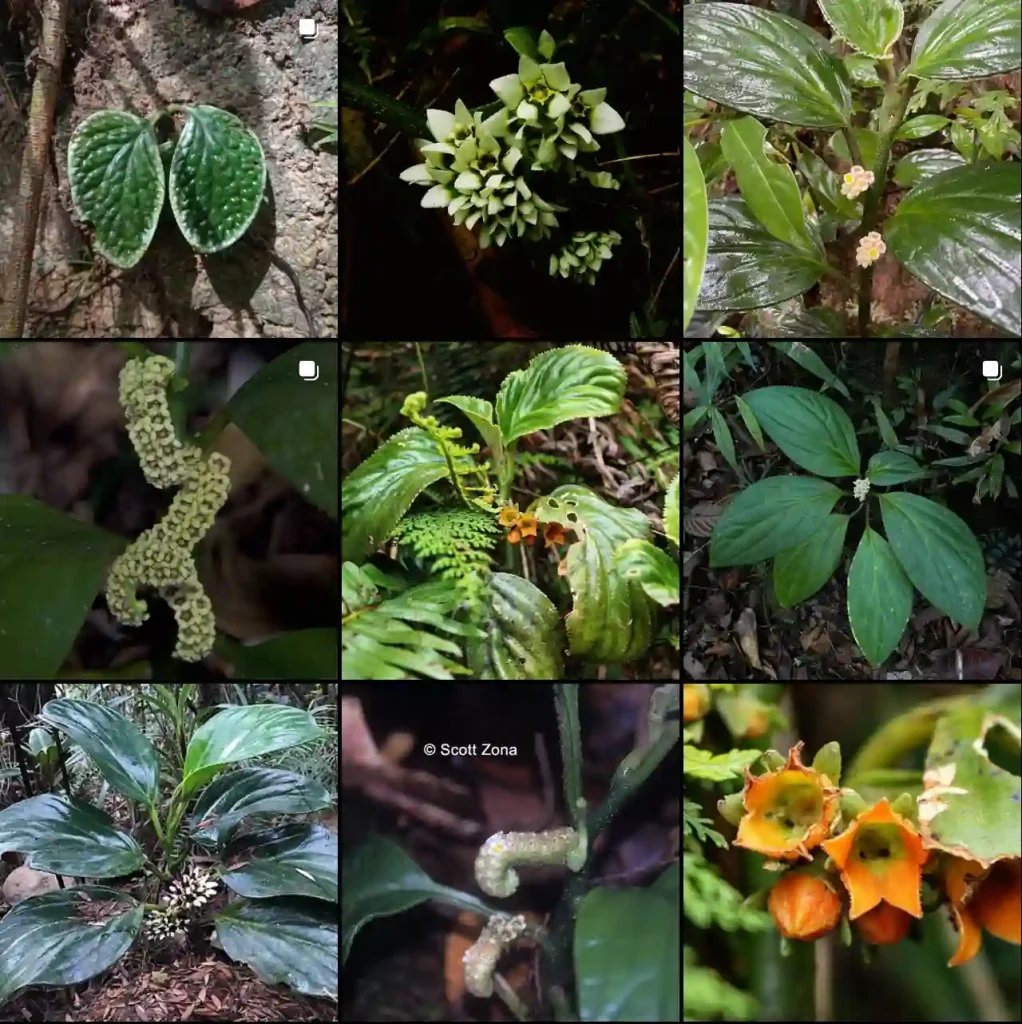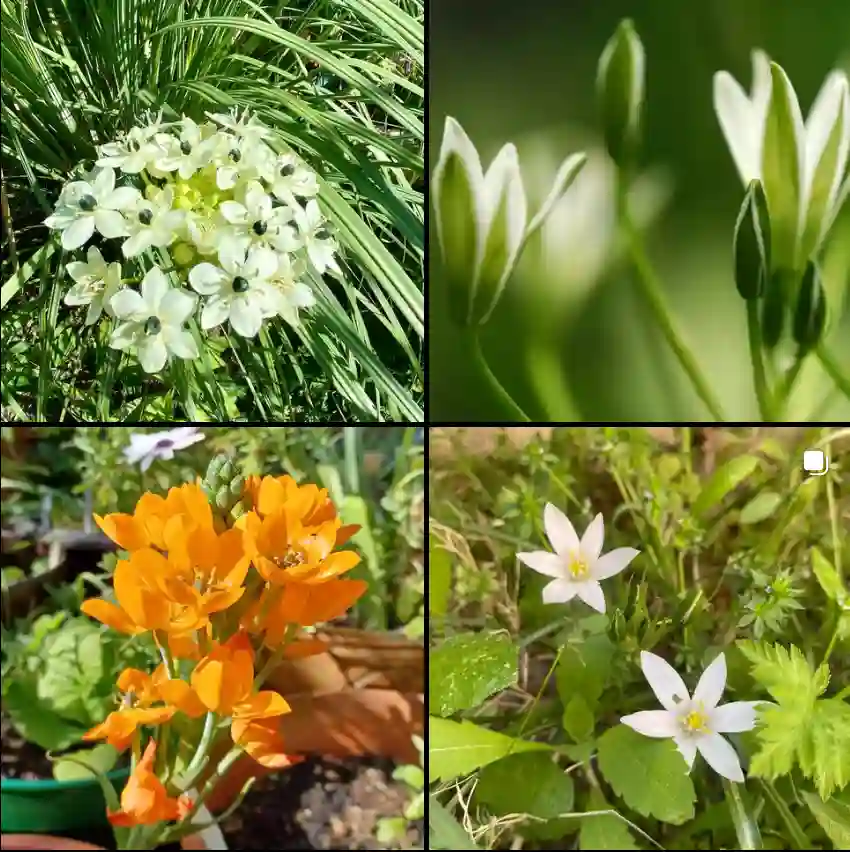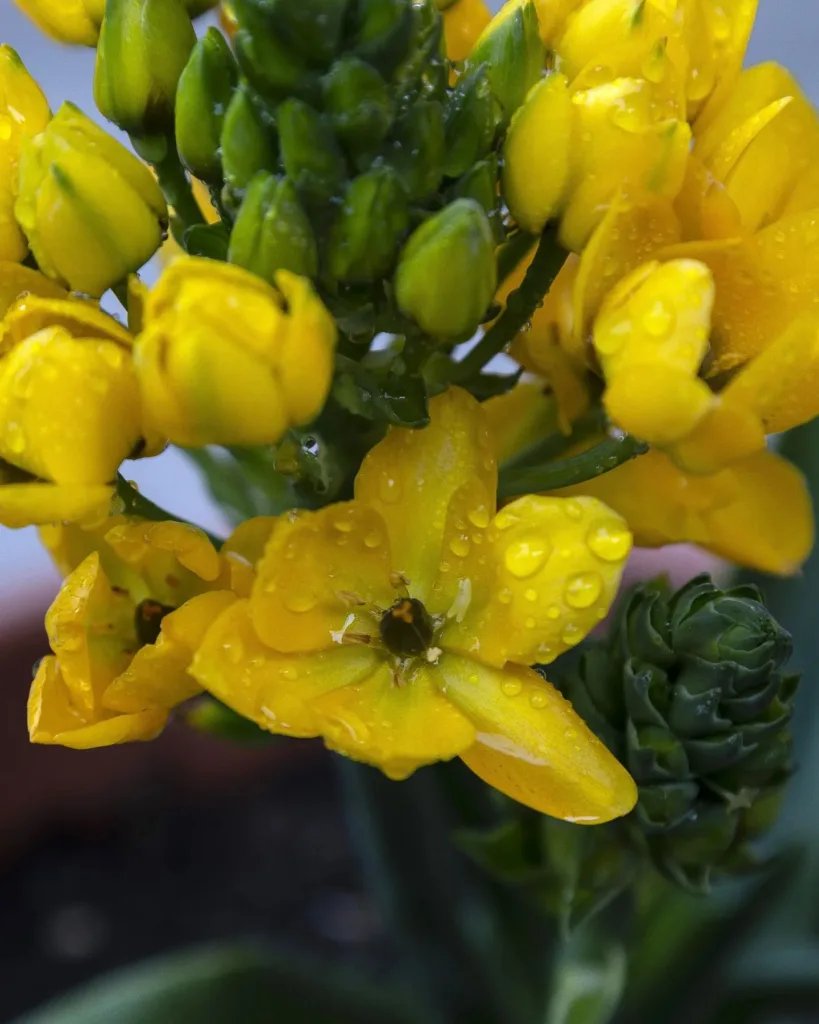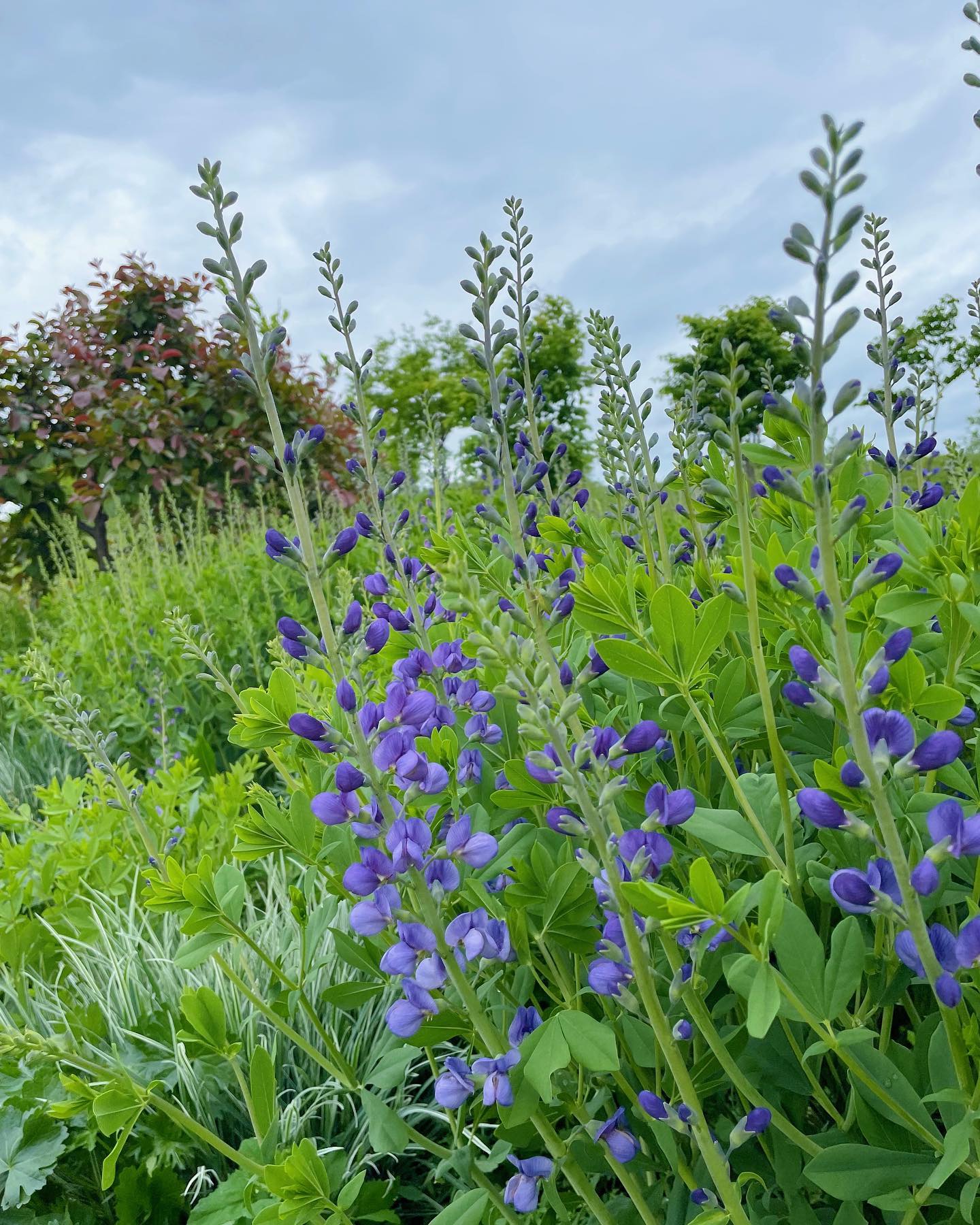Exploring the Hymenophyllaceae Family: A Delicate World of Ferns
When I first encountered the Hymenophyllaceae family of ferns, I was struck by their elegance and fragility. The members of this family, known as filmy ferns, are part of the Pteridophyte lineage, a group of vascular plants that reproduce through spores. What makes them truly fascinating is their extremely delicate fronds, which are often only one or two cell layers thick. These ferns thrive in high-humidity environments, relying on constant moisture to maintain their fragile, almost transparent leaves. Among the most well-known genera in this family are Hymenophyllum and Trichomanes.
Hymenophyllaceae Characteristics
The most notable feature of the Hymenophyllaceae family is the incredibly thin fronds, giving them a nearly translucent appearance. These ferns typically grow in moist, shaded areas such as rainforests, cloud forests, and along streams. Their reliance on moisture is so profound that even a slight drop in humidity can lead to desiccation. As a result, they are frequently found in places where humidity remains high throughout the year, particularly in tropical and subtropical regions.
Unlike many other ferns, the Hymenophyllaceae family doesn’t have a robust cuticle to protect against water loss. This makes them highly specialized plants, capable of thriving in niches where other species might struggle to survive.
Hymenophyllum: The Classic Filmy Fern
The Hymenophyllum genus, often referred to as the classic filmy fern, is one that truly captures the essence of the Hymenophyllaceae family. With over 250 species, this genus is widely distributed in tropical and temperate climates, from New Zealand to South America. Hymenophyllum ferns are epiphytic or terrestrial, clinging to moist surfaces like rocks, tree trunks, or fallen logs.
One of the key features of Hymenophyllum species is their ability to survive in low-light conditions. Their fine, delicate fronds allow for maximum light absorption in shaded environments. I’ve found that these ferns make an incredible addition to terrariums or shaded garden spaces that mimic their natural habitat. When grown under the right conditions, they can flourish and form stunning green carpets of tiny, lace-like fronds.
A particularly striking species in this genus is Hymenophyllum tunbridgense, which is common in parts of Europe and thrives in damp woodlands. Its fronds are intricate and delicate, with finely divided leaflets that look like lace. This species, like many others in the genus, prefers high humidity and consistent moisture, making it a challenge to grow in dry, temperate climates.
Trichomanes: The Water-Loving Fern
Another key genus in the Hymenophyllaceae family is Trichomanes. Often called the bristle ferns, the species in this genus are even more moisture-dependent than Hymenophyllum. Trichomanes ferns are usually found growing on rocks or tree trunks near waterfalls, streams, and other areas with constant water flow. These ferns are particularly abundant in tropical rainforests, where the air is saturated with moisture year-round.
Trichomanes speciosum is one species that stands out to me. Native to parts of Europe and North Africa, it is a particularly beautiful fern with finely divided fronds and a glossy appearance. Like others in its genus, Trichomanes speciosum is a true epiphyte, thriving in moist, shaded environments where water is plentiful. What sets Trichomanes species apart is their reliance on gametophytes for reproduction. In many species, the gametophyte generation can persist without forming a sporophyte, which allows them to survive in environments where other ferns may not be able to complete their life cycle.
Growing Hymenophyllaceae at Home
For anyone passionate about ferns, growing members of the Hymenophyllaceae family can be a rewarding but challenging endeavor. These ferns need very specific conditions to thrive, particularly in terms of humidity and shade. In my experience, the best way to grow them is in a controlled environment, like a terrarium or a humid greenhouse.
I’ve had success growing Hymenophyllum ferns in terrariums with a mix of sphagnum moss and leaf litter as a substrate. The constant moisture in these enclosed environments helps mimic the natural conditions of rainforests, and the shade-loving nature of these ferns makes them ideal candidates for such setups. I recommend keeping the humidity levels above 70% and ensuring that there is minimal direct sunlight.
On the other hand, Trichomanes ferns are even more demanding when it comes to moisture. For these, I’ve found that misting the plants daily and keeping them near a water source, such as a small waterfall feature in a terrarium, can help maintain the constant humidity they need. Trichomanes ferns are more difficult to grow in home environments because they are so reliant on high humidity, but their ethereal beauty makes the effort worthwhile.
Conservation of Hymenophyllaceae Ferns
As with many specialized plants, the habitats of the Hymenophyllaceae family are under threat from deforestation, climate change, and habitat destruction. These ferns are highly sensitive to changes in moisture levels, and as their rainforest habitats shrink, their populations are at risk. Conservation efforts are crucial for preserving these delicate plants, and in many regions, there are ongoing efforts to protect their natural habitats. Personally, I believe that growing these ferns at home can also contribute to their preservation, as it raises awareness about their unique beauty and ecological importance.
Final Thoughts
The Hymenophyllaceae family, with its genera Hymenophyllum and Trichomanes, offers a glimpse into the delicate and intricate world of ferns. Growing these plants requires patience, dedication, and a true appreciation for their beauty. In my experience, few plants can rival the elegance of these ferns, especially when they are allowed to flourish in environments that mimic their natural rainforest homes. Whether you’re a seasoned fern enthusiast or a curious beginner, exploring the Hymenophyllaceae family is a journey worth taking.
If i die, water my plants!



